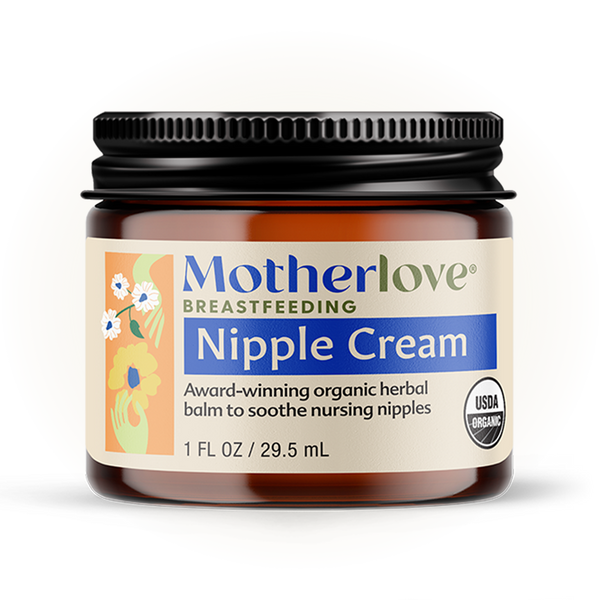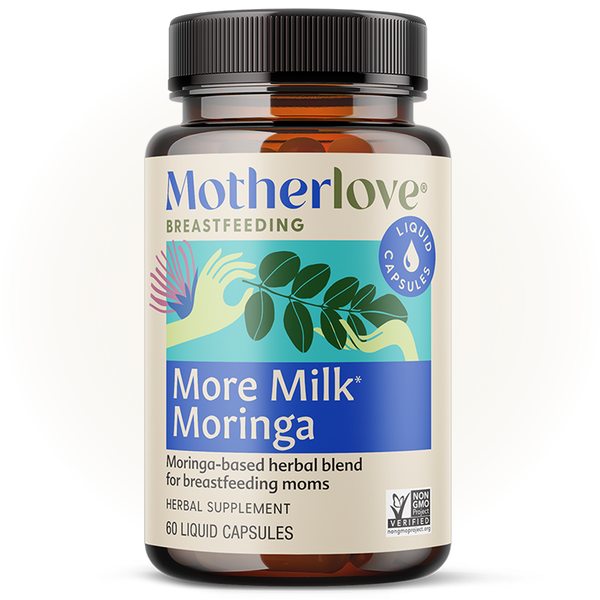Written by Wendy, IBCLC.
LET'S TALK ABOUT BREAST MILK COLORS
When you think of breast milk, you probably picture a creamy white substance, right? The truth is, breast milk color can vary quite a bit, even from one feeding or pumping session to the next. Any mom who has pumped her milk, or seen it dribbling out the corner of her baby’s mouth, will tell you that the colors of her milk are not constant at all.
Most milk color varies between different white and yellow shades, but sometimes breast milk color can get … interesting. It’s common for your milk to be greenish or bluish at times—even black or pink are on the spectrum of color possibilities.
When you see your milk turn all different colors and shades, it makes sense that you might have concerns. The good news is that most breast milk hues are normal with one exception and do not indicate that there is something wrong with your milk or that feeding it to your baby would be problematic.
Your breast milk changes color because it’s a living substance and is affected by things like when your baby last fed, the fat content of your milk, and foods and medications that you may have consumed.
Fascinating, right?
Let’s get into the nitty-gritty and learn about what different breast milk colors mean:
THE RAINBOW OF MILK COLORS AND WHAT THEY MEAN:
Yellow
Yellow breast milk can have a few causes. Your “first milk,” or colostrum, is yellow in color. Often referred to as liquid gold, colostrum is rich in antibodies and beta-carotene, which gives it that yellowish-orange color. Your breast milk will also take on a yellowish hue at the end of a feed when your fattiest milk is delivered. So if you pump your milk, you may notice that the milk becomes yellow toward the end of a pumping session. As the milk settles in the bottle or storage bag, you will see the yellowish, fattier milk separate from the skim of the milk.
Orange Milk
Again, your colostrum may take on an orange-y color, which is entirely normal. Breast milk may also be orange because of the foods you’ve consumed. For example, foods high in beta-carotene such as yams, squash, and carrots can turn your milk orange. Food dyes found in soda, energy drinks, or other foods can turn your milk orange as well.
Blue Milk
Sometimes the milk that you pump at the beginning of a pumping session is white-ish/bluish in color. This more watery, skim milk is referred to as foremilk. This milk is perfect for quenching your baby’s thirst. As the feeding or pumping session progresses, your milk transitions to hindmilk, the fattier, yellower more filling milk.
Green Milk
When you notice green milk, it’s common to feel a little distressed. But green milk is actually quite normal. The green color usually comes from something you’ve consumed that contains green food dye, like an energy drink. But certain green vegetables, such as spinach and seaweed, can do the trick as well. Herbals supplements may turn your milk a little green too. Again, no worries!
Brown Or Black Milk
Believe it or not, sometimes milk turns black or brown. Though rare, this is almost never a cause for alarm. Most cases of black milk are from medication or antibiotic you’ve consumed, and your milk is not harmful to your baby. If your milk looks “rusty” in color, you might be experiencing something called “rusty pipe syndrome.” This is something that usually shows up in the first few days postpartum and comes from bleeding as a result of the stretching of your milk ducts as your milk comes in.
Pink Milk
Pink is another breast milk color that tends to concern moms, but it’s generally not a problem (see note about Serratia marsescens below for when it can indicate an issue). Milk that looks bright pink might contain a little blood—for example, if your nipples are cracked or damaged, and some of the blood got into your milk. Other causes of pink milk may include foods you’ve consumed, especially ones with food dyes. If the milk is pink from blood, don’t worry. This is still safe for your baby to consume.
COULD ANY COLORS INDICATE A PROBLEM?In most cases, breast milk of all shades is normal and safe for your baby to drink. But there is one time where there may be a concern. When your milk turns pink, it may be a sign of a bacterium called Serratia marsescens. The Infant Risk Center at Texas Tech University explains that small to moderate amounts of this bacteria in your milk is not a major concern, but larger amounts may cause harm to your baby, especially if they are premature or medically vulnerable.
For this reason, it’s recommended that you contact your doctor if your milk is pink in color, just to rule out Serratia marcescens. And of course, if you have any concerns about your breast milk color in general or anything else about your milk or your baby’s health, contact your midwife, doctor, lactation consultant. That’s what they’re there for.






